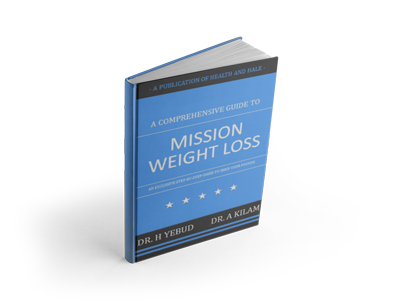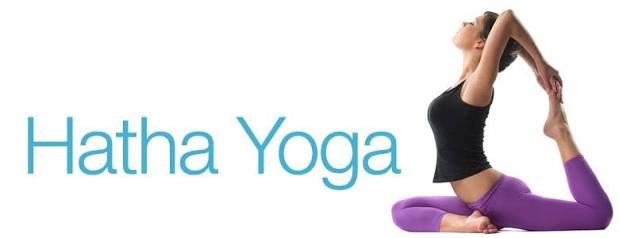Meditation seems to be more popular than ever. This is great news, as meditation does so much for the body, mind, and spirit. It can help to reduce stress in the body. It assists the mind in feeling peaceful and less attached to the outcome of things. It lifts our spirits and makes us feel connected to the larger world.
But there are so many different meditation techniques, how do you know which one to try? Or how would you know whether you are practicing the best method for you without trying them all?
Here are some of the main techniques you’ll find to help you discover which one is right for you:
1. Breathing
Simply following the breath is an easy way to start your practice before moving on to other more in-depth practices. Because the breath has such an impact on our whole being, focusing on breathing brings about a restful and calm nature. Focus on the simple action of breathing in and out. When you notice that you have a thought, return to thinking about your breath and following it in and out of your body.
2. Gazing
When following this method, we are using our sense of sight to silence the mind. Gazing at a still candle flame in the dark, for instance, helps the mind become very focused. That is a good way to start this type of meditation.
3. Visualization
This method involves going within, with our eyes closed, and seeing some object such as our chakras or our heart and holding that image as an object of meditation. If you find that your thoughts are drifting from that image, reimagine it and focus on it again.
4. Chanting mantra
People who follow transcendental meditation or chant a mantra are following this path. This is where a mantra or sequence of mantras are repeated (silently) to get the mind to become calm and centered. Find a mantra that you connect with, and repeat it over and over in your head.
5. Focusing
When we are focusing on something like the third eye in between the eyebrows, we bring awareness to a very powerful center. This focusing brings stillness to our whole being.
6. Using mala beads
Using mala beads brings an extra layer of activity for the very busy mind. As you are doing your chanting or gazing, you touch or count the mala beads helps to keep the mind super-focused on the task at hand, and keep track of your affirmations.
7. Using an image
When using an image to stare at, we are evoking the power and strength of what that image represents, while you focus it on it as you meditate. If you use the image of a guru, religious figure, or master, whatever energy they have will be with you. This practice is good for people who already have a spiritual practice and follow a certain path.
One thing you need to first understand before you get started: Methods vary because people vary in their attitudes, character, and nature. So when coming to pick the right method of meditation, you will have to fit the meditation into your nature, and not try to fit your character into a certain technique. When you fit your natural nature into the right meditation method you will feel a certain ease and comfort in your practice.





